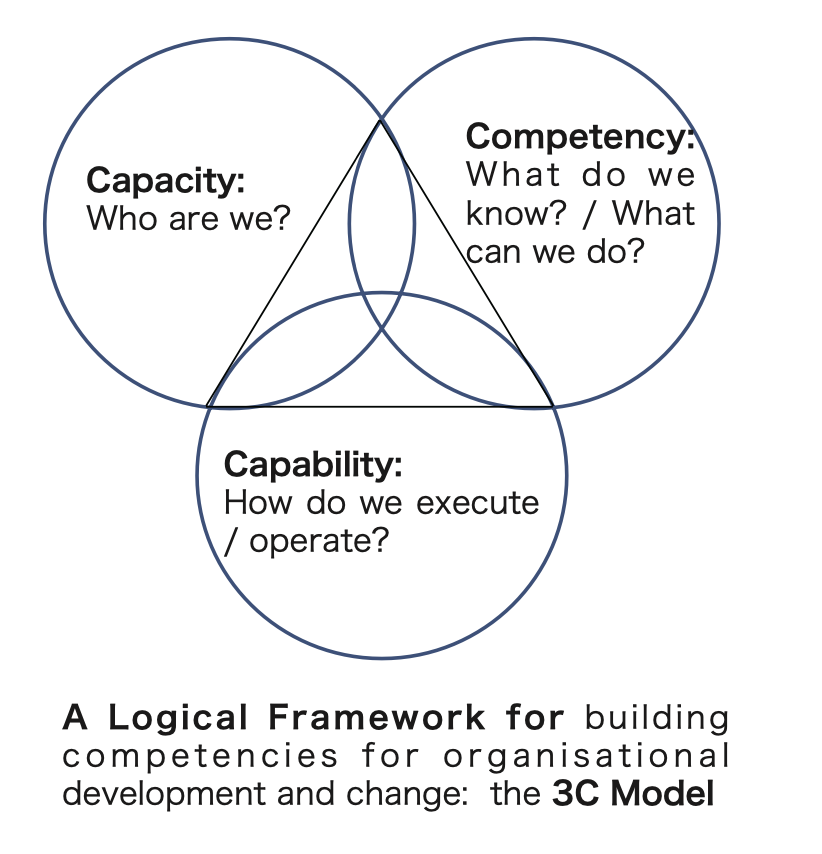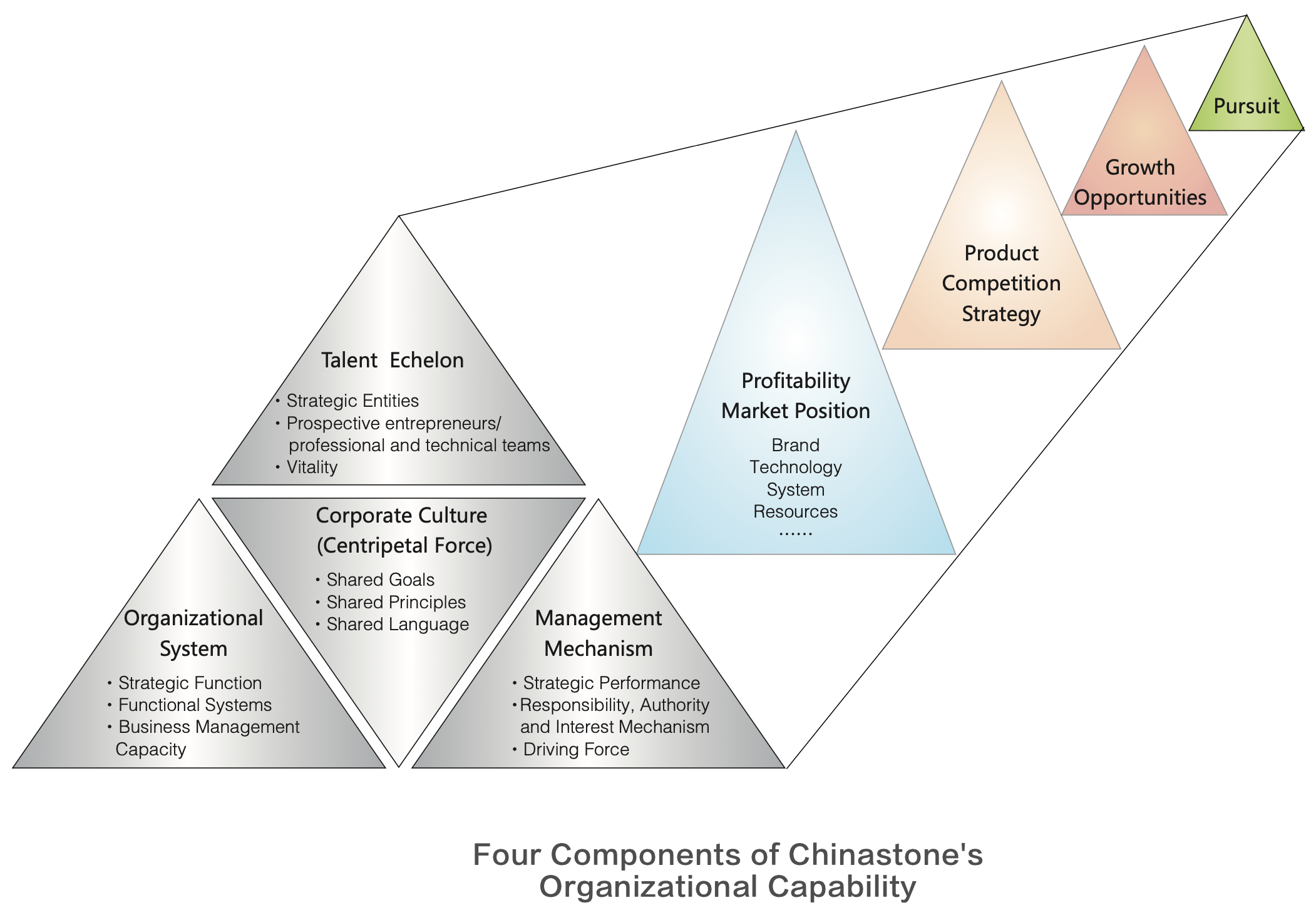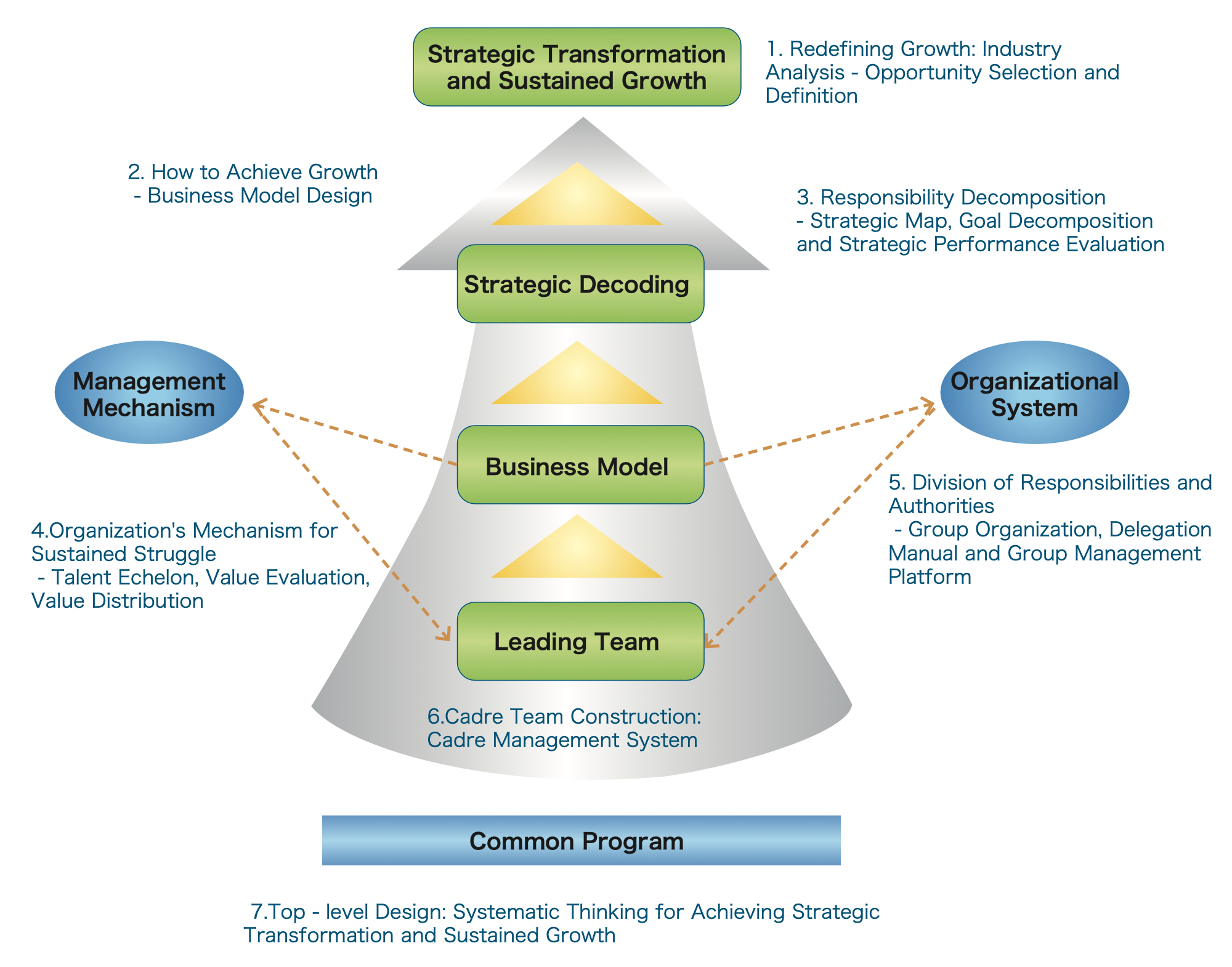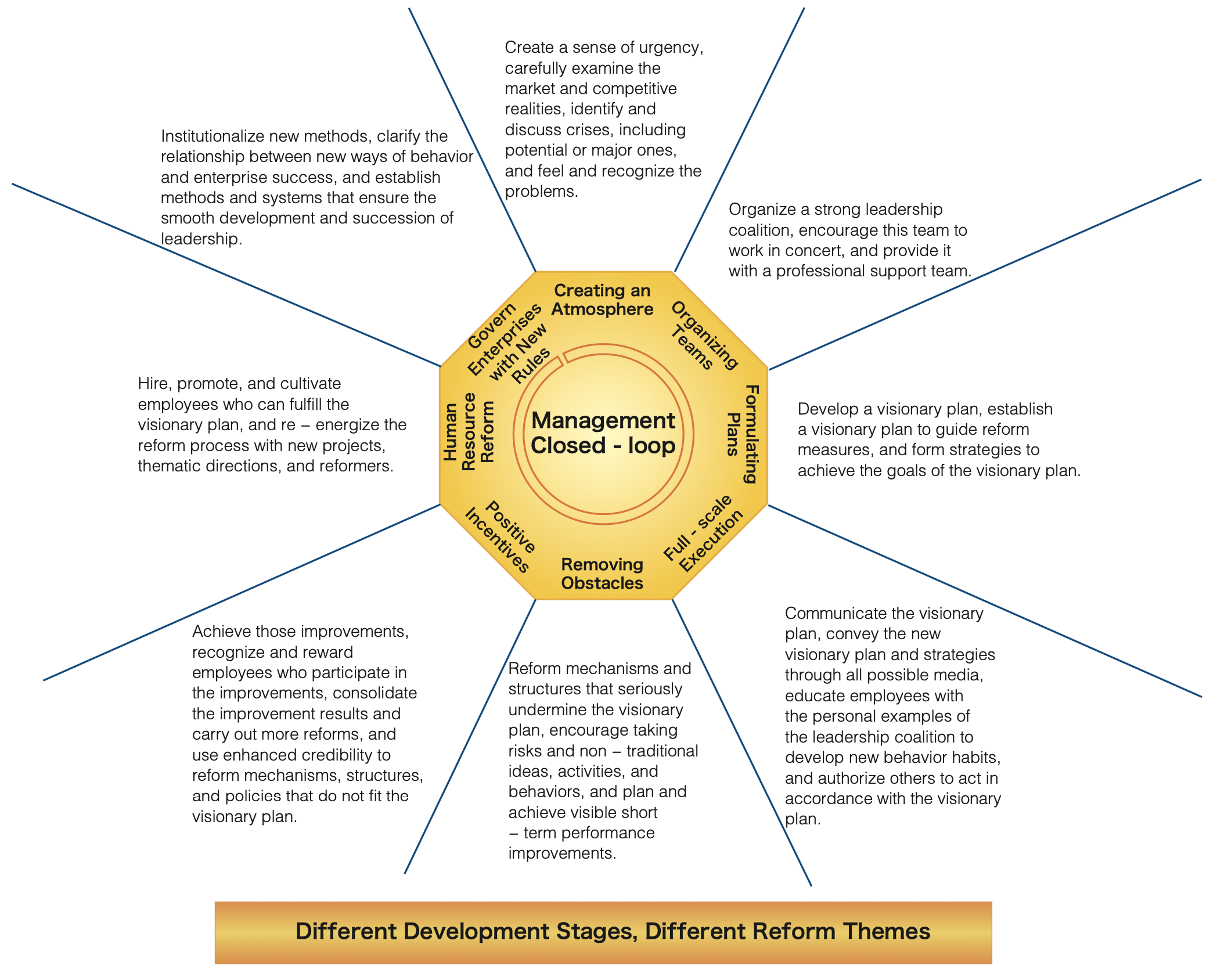Chinastone emphasizes systematic change thinking. Our core capability is helping enterprises proactively change, step out of comfort zones, abandon path dependency, engage in self-criticism, transform, upgrade, and build new organizational capabilities, embedding capabilities into the organization.
Why Should Enterprises Change? How to Achieve Change?
Why Should Enterprises Change?
ŌŚÅ Change and innovation are eternal themes for sustainable survival and development. There is no success in business, only growth. There are no successful enterprises, only enterprises of the era—those that continuously adapt to external changes, proactively transform, upgrade, and grow through change.
ŌŚÅ Organizational development does not aim for change but drives organizational evolution. As a living organism, an enterprise must adjust its direction, structure, functions, mechanisms, and relationships with people based on internal and external changes to improve efficiency and vitality.
ŌŚÅ Helps with entrepreneurs’ transition from personal success to organizational success, from personal capabilities to organizational capabilities, from an entrepreneur's enterprise to an enterprise's entrepreneur. Build organizational structures and control systems that support strategy and the future.
How to Achieve Change?
ŌŚÅ Change requires a "force field", which is triggering conditions to alter the current state of the organization.
ŌŚÅ The basic process of change: unfreezing, transitioning, and refreezing.
ŌŚÅ Change should be a continuous process (spiral ascent), not a one-time or fragmented task.
ŌŚÅ Change should be implemented by practitioners, not directly commanded or undertaken by experts, authorities, or third parties.
Organizational Capability Building: How to Embed Capabilities into the Organization?
Helps enterprises build organizational capabilities, respect organizational rationality and collective wisdom, establish mechanisms, systems, and processes, build standardized management systems, and create efficient operational management systems.
Chinastone's Original Methods for Organizational Capability Building
Ō¢Č Chinastone's "Six Elements of Organizational Capability Building"
Element 1: Build team leadership based on shared values.
Element 2: Aggregate organizational resources and optimize organizational structure.
Element 3: Accelerate the accumulation and iteration of organizational capabilities.
Element 4: Strengthen organizational collaboration and integrated operations.
Element 5: Build organizational rationality and value management.
Element 6: Break through organizational stagnation and continuously activate the organization.
Ō¢Č Chinastone proposes that organizational capability building embeds strategic core competitiveness into the organization, focusing on three core elements and their interconnections:
Resources: People are the most important resource (establishing four mechanisms: evaluation, compensation, motivation, and development).
Processes: Effective processes require four steps (collaboration rules, knowledge explicitness, improvement, and governance).
Values: Four principles of values (interest balance, consensus principle, decision-making principle, and behavioral guidelines).
Ō¢Č From the perspective of organizational capability building, the connotation of organizational capability includes four components, termed the "four building blocks":
1. Talent team, 2. Management mechanisms, 3. Organizational systems, 4. Corporate culture.
Chinastone's Original Solutions
Ō¢Č Chinastone's "Six Elements of Systematic Organizational Change"
1. Change in organizational direction: Includes direction selection, business model innovation, and core capability cultivation and reconstruction.
2. Change in organizational culture: Includes concept innovation, cultural reconstruction, and integration.
3. Change in organizational system: Includes corporate governance and leadership enhancement.
4. Change in organizational structure.
5. Change in operational models: Includes business process change and reconstruction.
6. Reconfiguration of the relationship between the organization and people.
Ō¢Č Growth-Oriented Strategic Transformation and Organizational Development Solutions
Growth is the origin of all operations and management. Environmental and industry analysis selects and defines growth points. Business models are systematic strategies to achieve growth. Strategic decoding, centered on the strategy map, decomposes strategic goals layer by layer. Organizations and mechanisms are the responsibility, authority, and benefit systems to inspire teams to achieve strategic goals. The common program is the systematic principle for the team to achieve sustained success, serving as the core tool for team building.
Growth, business models, goal decomposition, organizations, mechanisms, and the common program form a systematic solution for enterprises focusing on growth or strategic transformation.
Systematic change management covers strategic change, organizational structure change, process change, technological change, cultural change, and other single or multiple aspects of change. It is a management activity with clear purposes and goals, the final effects of which directly impact the competitive position and adaptability to the external environment. Therefore,
change management must be systematically carried out under the guidance of business objectives, creating the need for systematic change management.
Organizational Development and Change Solutions from a Business Development Perspective
Consulting Achievements in Enterprise Change and Organizational Capability Building
01. Strategic-based organizational change plan design.
02. Platform-based + distributed organizational model design.
03. Selection and design of value creation-based group control models.
04. Organizational structure design plans.
05. Enterprise decision-making mechanisms and authorization system design.
06. Organizational responsibility, authority, benefit, capability, and integrity mechanism design.
07. Team wisdom building and rotating CEO system design.
08. Enterprise change workshops.
09. Customer-centric organizational model optimization and design.
10. Cross-department, cross-functional, and cross-team organizational building.
11. Amoeba autonomous operating system design and implementation.
12. Business unit transformation plans.
13. Operational efficiency and per-capita efficiency improvement plans.
14. Enterprise organizational streamlining plans (structure and department optimization).
15. "Iron Triangle" and frontline comprehensive combat capability enhancement plans.
16. Organizational and cultural integration plans for mergers and acquisitions.





